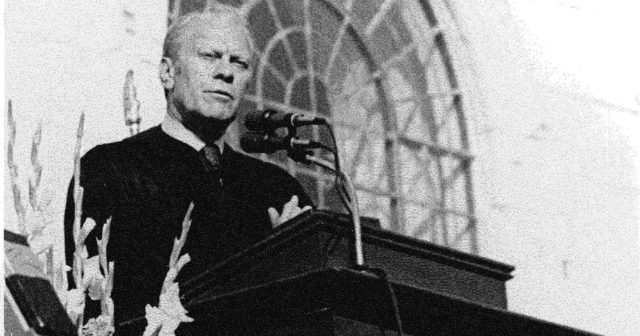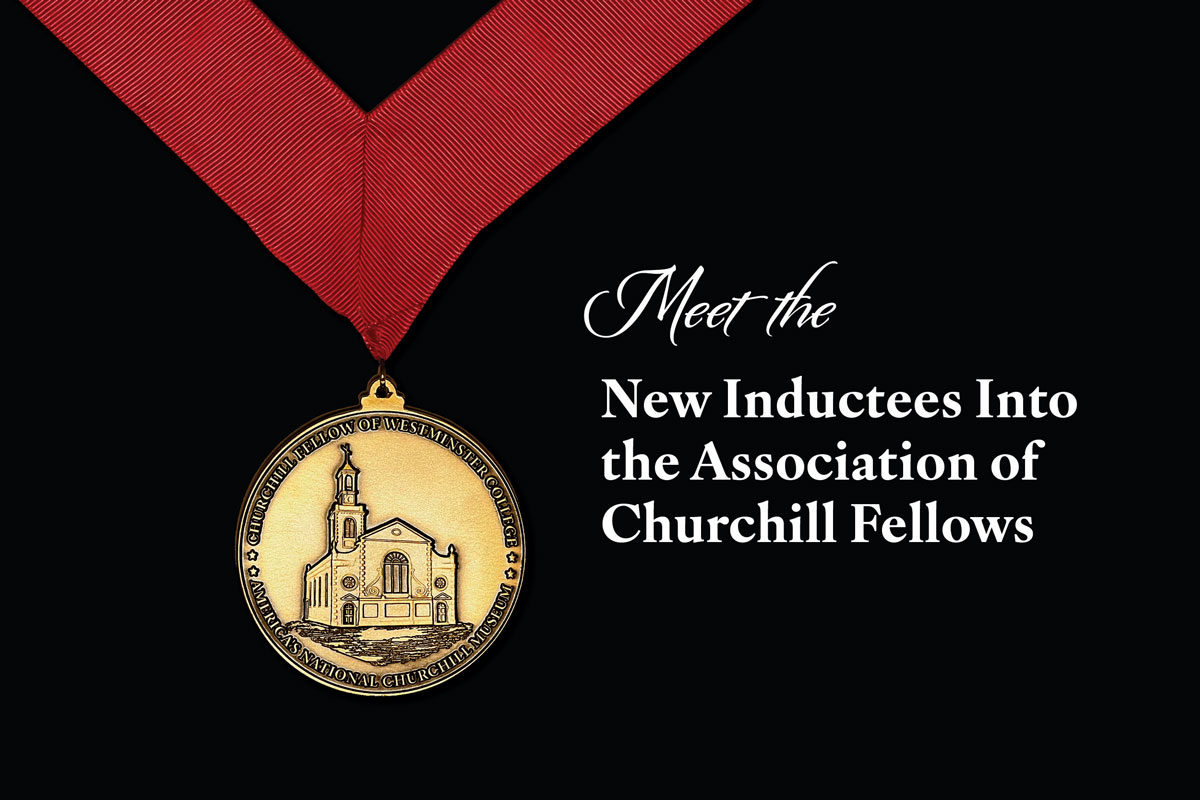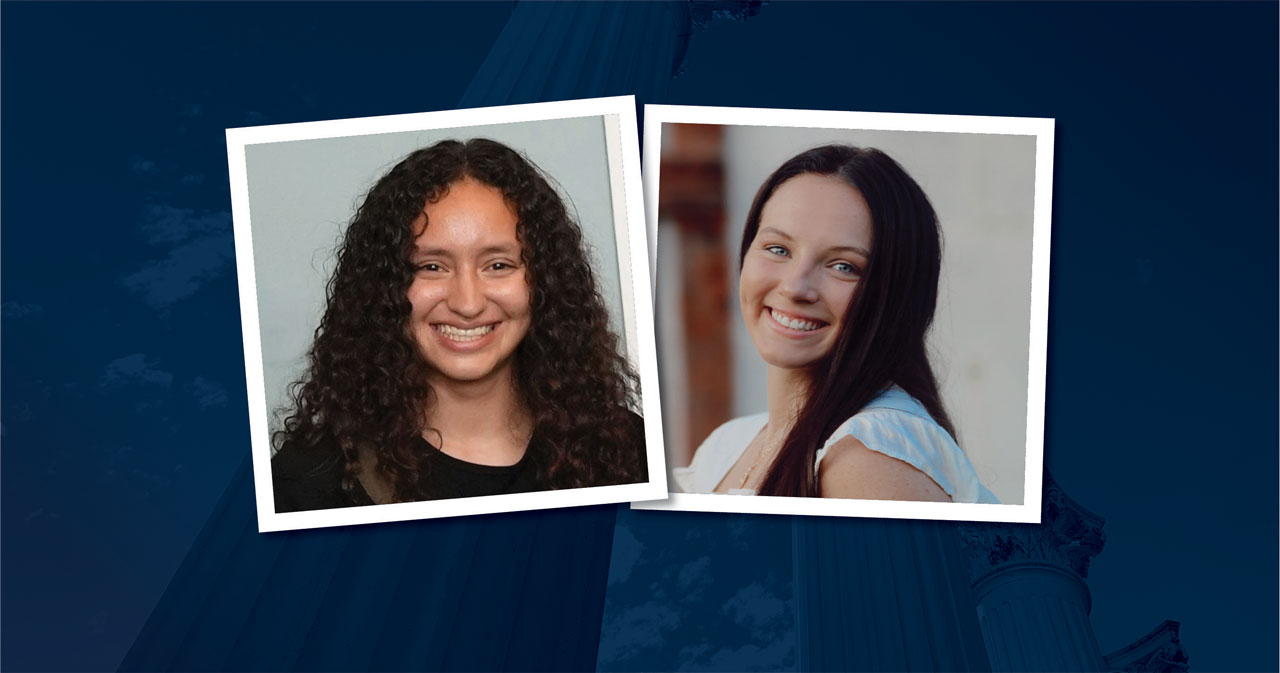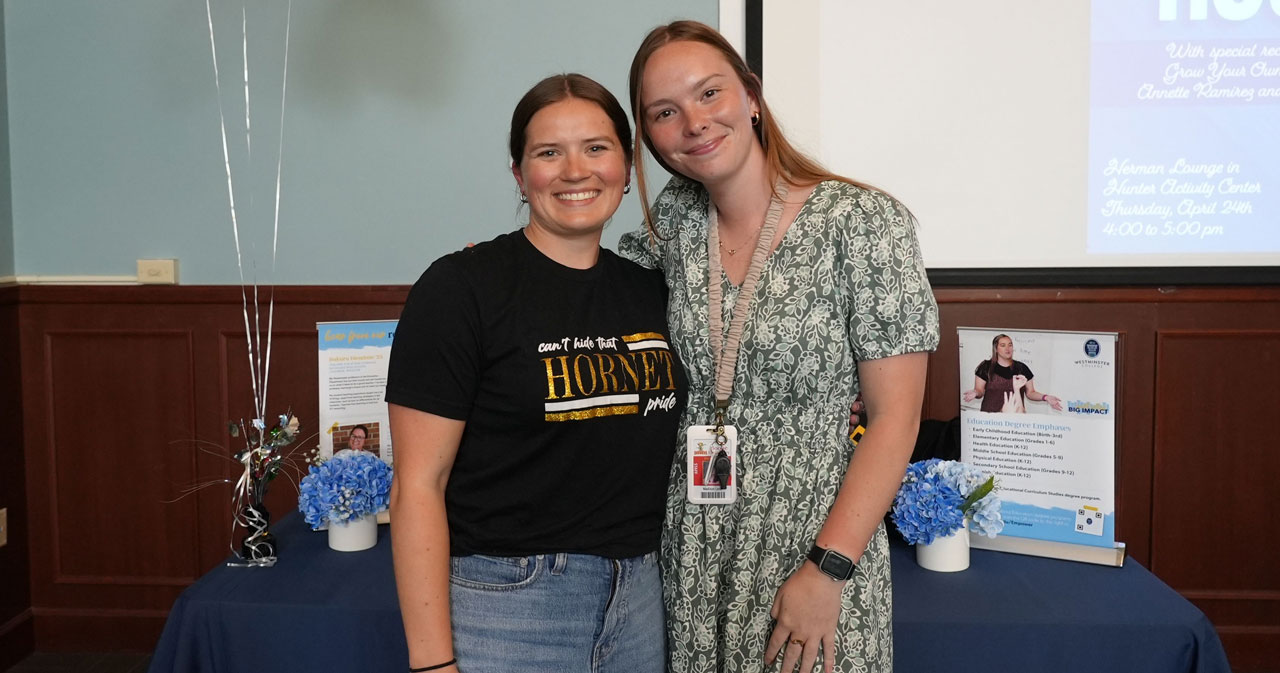The John Findley Green lecture series has attracted a number of U.S. presidents to deliver speeches at Westminster, including Truman, Reagan, George H.W. Bush, and one president who was thrust into the role by history itself: Gerald R. Ford, America’s 38th president.
Plucked out of the U.S. House of Representatives by President Nixon to fill the role of Vice President when scandal drove Spiro Agnew from office, Ford became president when Nixon himself was forced to resign following the Watergate scandal.
In his first major foreign policy statement in ten months after leaving the White House, former President Ford delivered the speech “Canopy of Tyranny” to an overflow crowd of more than 4,000 people Oct. 29, 1977, during Parent’s Weekend on campus.
President Ford arrived at noon that day and began his visit with a reception and lunch at the home of President Dr. J. Harvey Saunders. President Ford was accompanied by Washington University Chancellor Dr. William H. Danforth and Greg Willard ’76, who had been a Ford aide in the White House.
Next, President Ford held a news conference at the Churchill Memorial followed by his lecture and the presentation of an honorary degree by Chancellor Danforth and Westminster Dean Richard E. Mattingly.
In his address, President Ford echoed the theme of Churchill’s famous “Iron Curtain” speech at Westminster, warning of a new Communist threat to the world in light of recent Communist Party victories in France, Italy and Portugal. “The harsh truth is that when Communism achieves command—either by ballot or bullets or both—freedom is lost and democracy destroyed,” President Ford stated. “Communism may come to power by democracy, but it keeps its power by tyranny.”
President Ford evoked the spirit of Churchill in his lecture when he told the crowd, “I draw hope from the lesson of Fulton when Winston Churchill, by daring to tell the truth, steeled the will of the West…I think I reflect the overwhelming will of the American people when I say…All Americans love freedom and will stand up for those friends of freedom.”
Alumnus Willard introduced President Ford and in his introduction talked about “the bond of intense pride and decency,” which Ford shared with past Green lecturers Truman and Churchill. Willard also told a story about the President and his wife, Betty, being met at the airport upon leaving office by a small child with a hand-painted sign that Willard and others on Air Force One would never forget. “For restoring the respect and pride of Americans in their government…for enabling us to move forward…and most of all, for bringing peace to the world, the little girl’s sign spoke for all present and future, when it said, quite simply, ‘Thank you, Mr. President,'” Willard said.
Upon President Ford’s death Dec. 26, 2006, at the age of 93, son of Westminster’s Willard would again be by the President’s side helping with arrangements and acting as spokesman at the news conference for the Ford family. In a break with the traditional custom of lying in state in the Capitol rotunda, President Ford’s body was also taken to lie in repose outside the doors of the U.S. House of Representatives and U.S. Senate for short time periods. “I know personally how much these two tributes themselves meant to President Ford,” Willard told the media as he briefed them on the funeral arrangements.
This is the editorial account for Westminster College news team. Please feel free to get in touch if you have any questions or comments.






